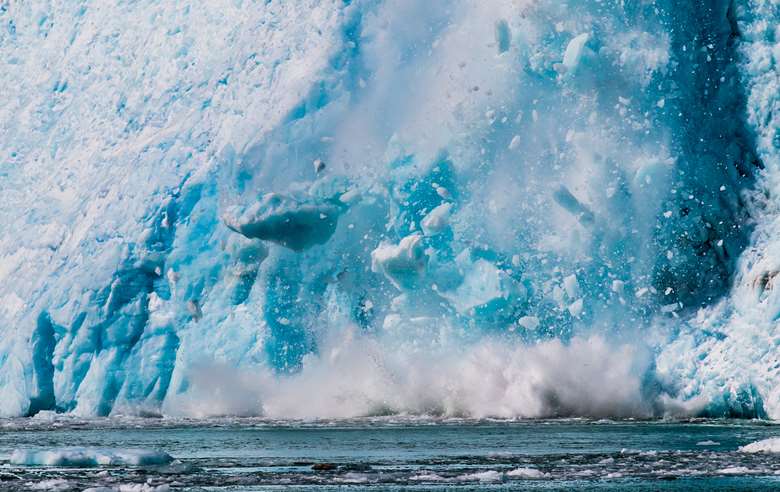Arts for activism: Passions for our tortured planet
Juan Patricio Saenz
Thursday, January 12, 2023
Composer Brian Field's ‘musical movement’ shares his climate-focused composition with artists for free to raise awareness of the impact of climate change


Register now to continue reading
Don’t miss out on our dedicated coverage of the classical music world. Register today to enjoy the following benefits:
- Unlimited access to news pages
- Free weekly email newsletter
- Free access to two subscriber-only articles per month




